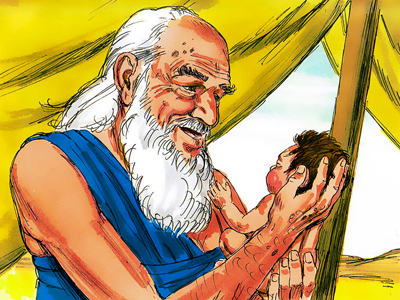

Enoch is considered by many to be the exception, who is said to "not see death" ( Hebrews 11:5). Genesis 5 provides a genealogy of these ten figures (from Adam to Noah), providing the age at which each fathered the next, and the age of each figure at death. Genesis recounts that each of the pre-Flood Patriarchs lived for several centuries. Įnoch, lithograph by William Blake, 1807.Įnoch appears in the Book of Genesis of the Pentateuch as the seventh of the ten pre- Deluge Patriarchs. In the New Testament, Enoch is referenced in the Gospel of Luke, the Epistle to the Hebrews, and in the Epistle of Jude, the last of which also quotes from it. He was considered the author of the Book of Enoch and also called the scribe of judgment.

The text reads that Enoch "walked with God: and he was no more for God took him" ( Gen 5:21–24), which is interpreted as Enoch's entering heaven alive in some Jewish and Christian traditions, and interpreted differently in others.Įnoch is the subject of many Jewish and Christian traditions. The text of the Book of Genesis says Enoch lived 365 years before he was taken by God. He was of the Antediluvian period in the Hebrew Bible. Sunday before the Nativity of Christ in the Eastern Orthodox Church, 30 July, 22 January in the Coptic Church, 19 July (his assumption in the Coptic Church), 3 January ( Bollandists) Įnoch ( / ˈ iː n ə k/ ( listen)) is a biblical figure prior to Noah's flood and the son of Jared and father of Methuselah. illustration from the 1728 Figures de la Bible illustrated by Gerard Hoet God took Enoch, as in Genesis 5:24: "And Enoch walked with God, and he was not for God took him".


 0 kommentar(er)
0 kommentar(er)
